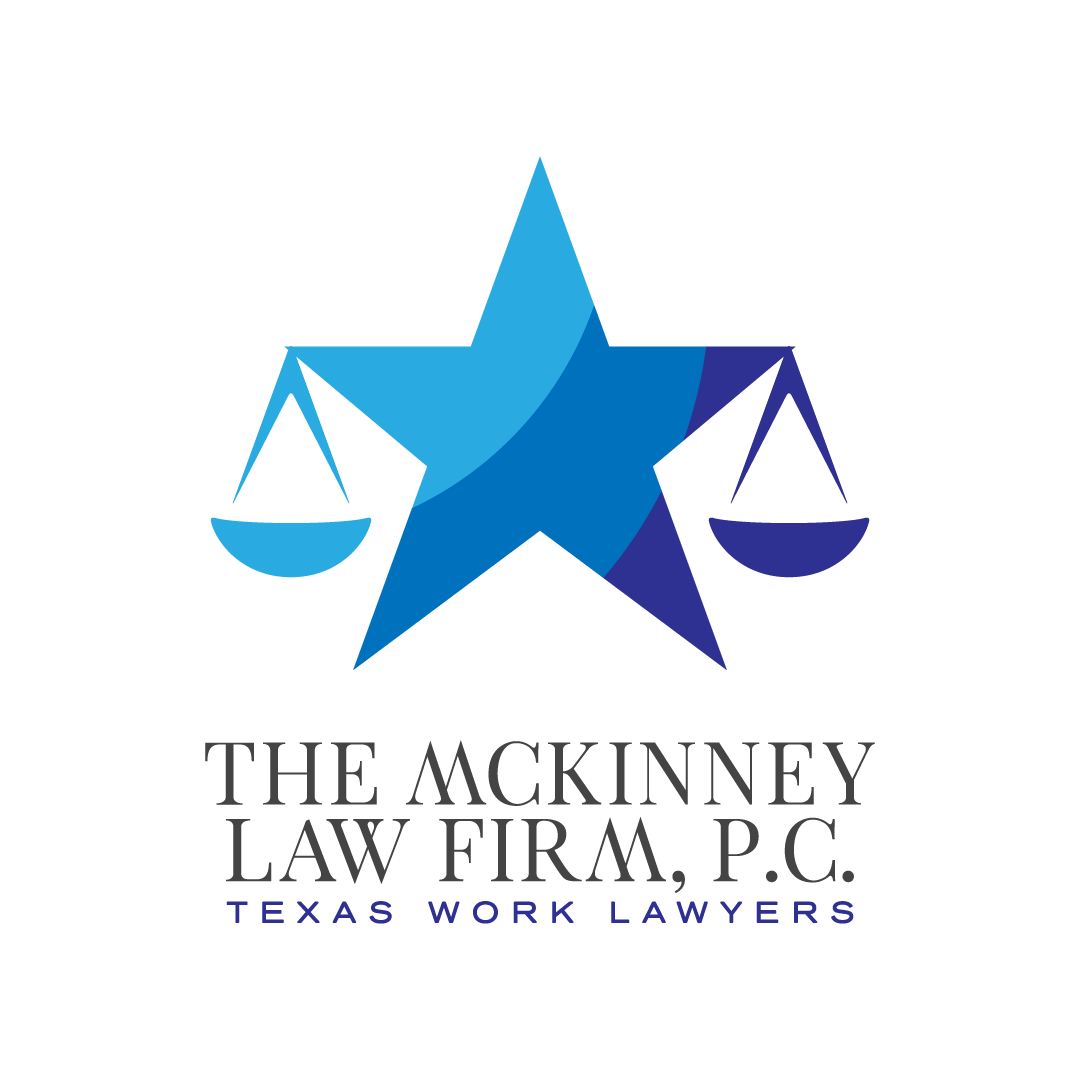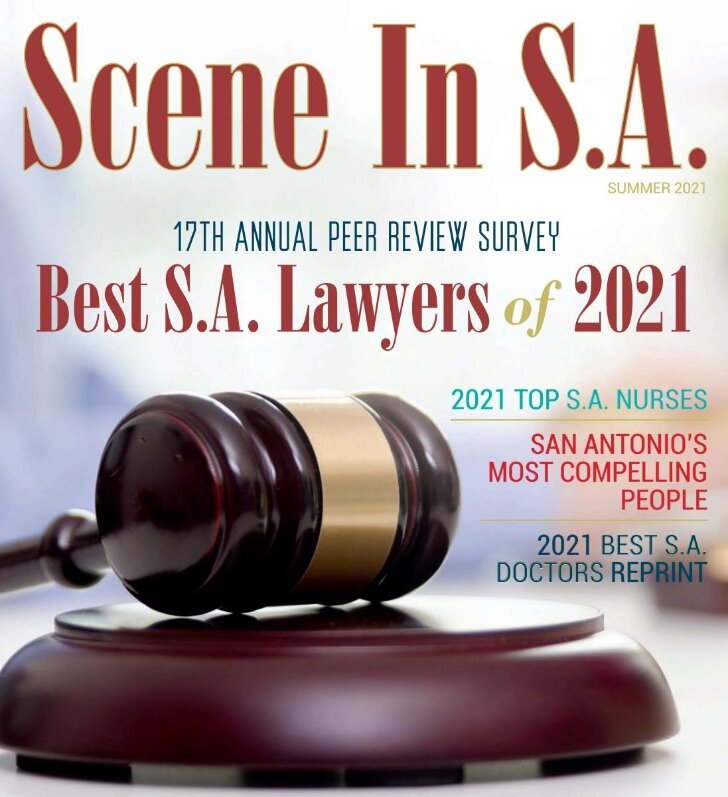What is a "Right to Work" law?
/In meeting with employees, I often am asked about so-called "Right to Work" laws. What are they? When do they apply? Is it the same as "Employment at Will"? Here's the answer:
"Employment at Will" and "Right to Work" are two different concepts that can be confusing and are often mixed up by employees. But they are very different concepts.
"Right to Work" is a concept that has to do with union membership. A "right-to-work" law is a state statute that prohibits union security agreements, or agreements between labor unions and employers. Generally speaking, they forbid union "closed shops". A closed shop is one in which union membership is required for employment if your job is covered by an existing collective bargaining agreement between the employer and employee. In a right to work state, a union can be elected to represent the workers but the workers cannot be required to join the union or pay union dues.
The sounds pretty good to many employees at first and right-to-work laws have gained some traction as a result. Right-to-work laws exist in 24 U.S. states, mostly in the southern and western United States, but also including, as of 2012, the midwestern states of Michigan and Indiana. The downside of such laws is that they dramatically weaken unions buy effectively starving them of the funds they need to operate and organize. As a result, union membership in right to work states has dropped dramatically. Lower union membership in these states has led to a drop in workers's wages and severe damage to job protections for workers in those states.
Not surprisingly, right-to-work laws have been strongly championed by anti-worker political action groups, such as U.S. Chamber of Commerce. Such groups have spent millions on running misleading advertising and purchasing politicians who will support their efforts to curtail workers' rights and suppress wages.



















